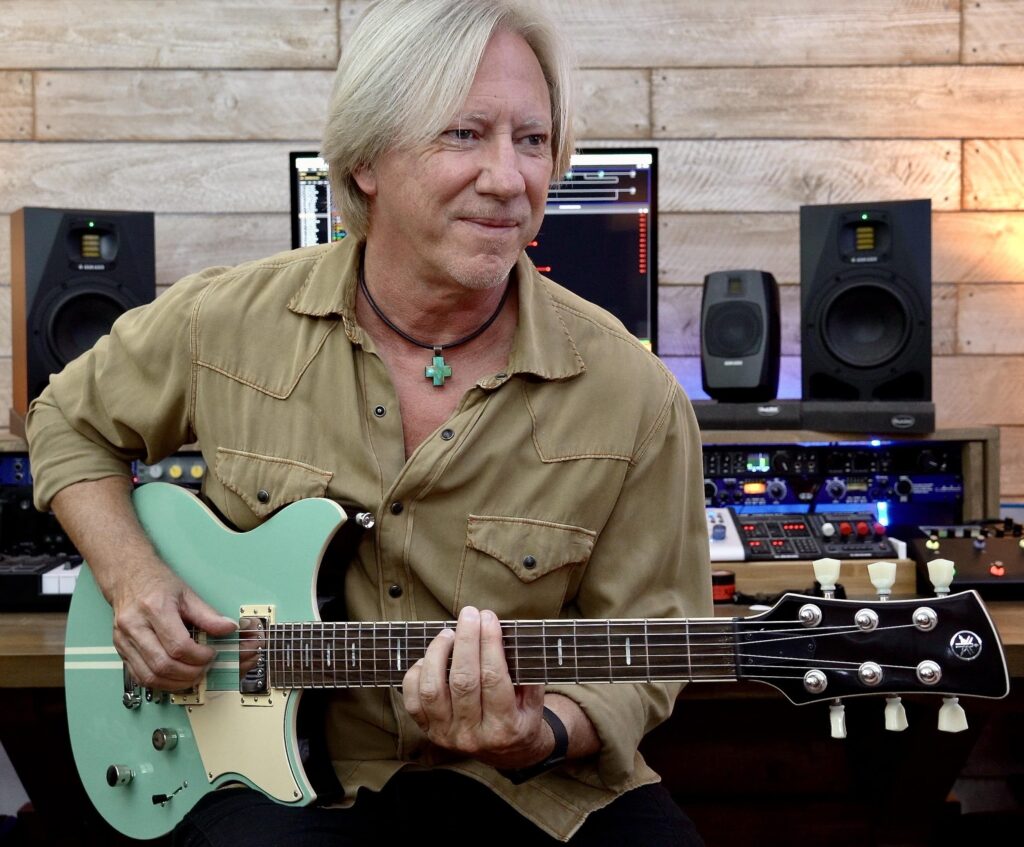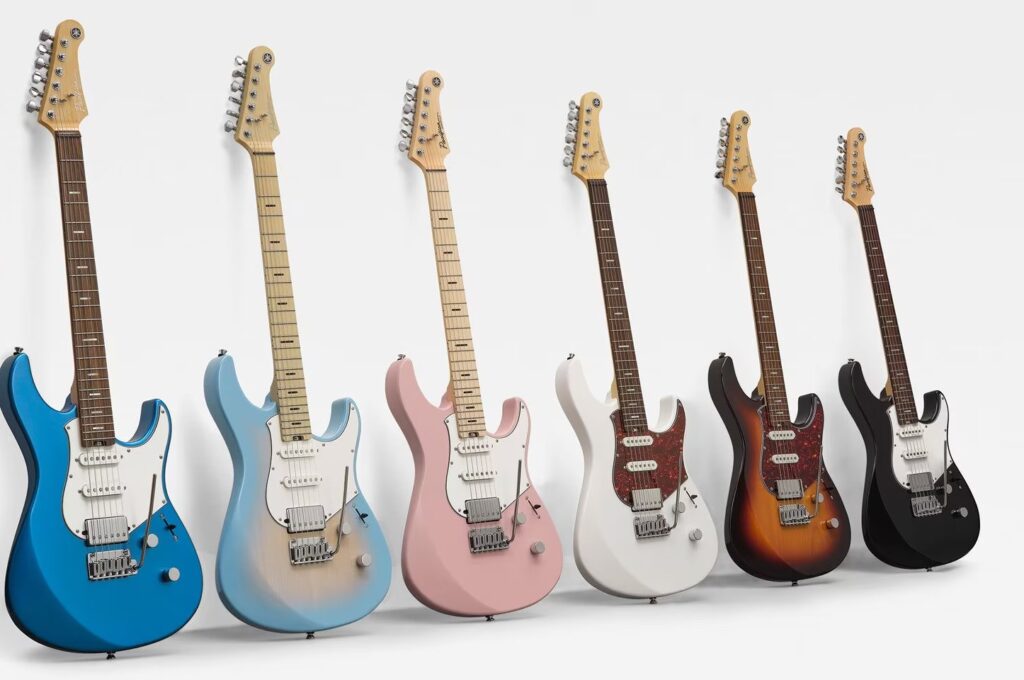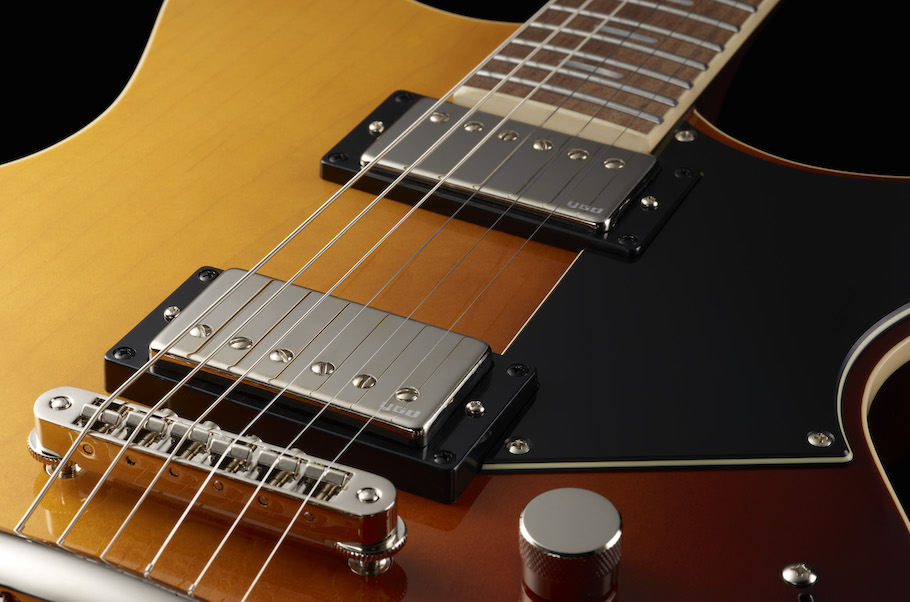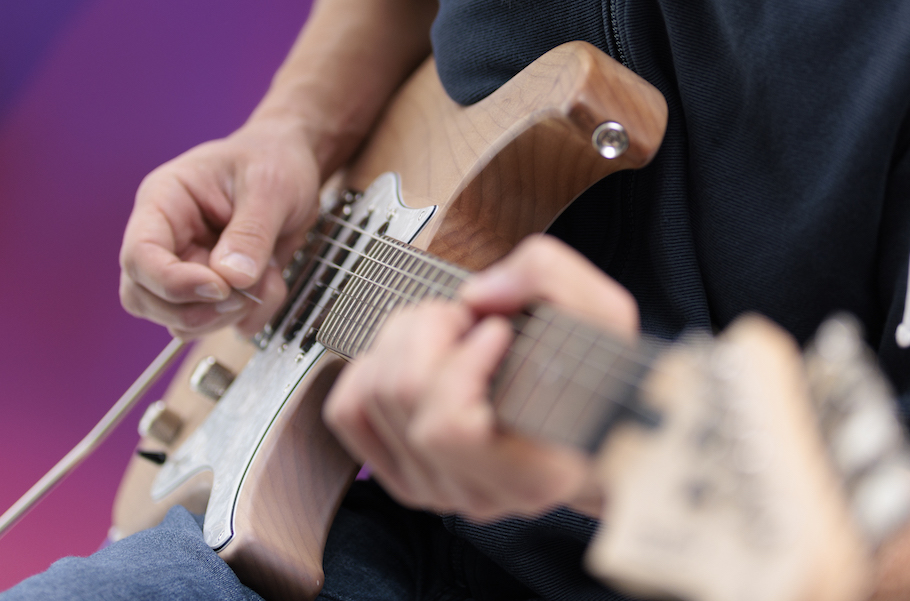Tagged Under:
Why Do the Spaces Between Frets Grow Narrower Down the Neck?
Don’t fret, the answer is here.
As you may have noticed, the spaces between the frets on the neck of a guitar grow narrower the closer to the body they are.
Why is this?
Well, each time you move one fret closer to the body, the pitch increases by a semitone. A very simplified way to calculate how much a string should be shortened in order to raise its pitch a semitone is to take the original length of the string and multiply it by 0.944. In other words, the distance between each fret is narrower and narrower as you go higher in pitch.
Of course, this is only a theoretical number. In reality, a variety of factors (such as tension offset) must be considered and a much more complicated formula is used to calculate the exact positions of frets in well-designed guitars.
Speaking of frets, did you know that “cutaway” style guitars (like the Yamaha model in the picture above) make it easier to access upper frets?
As the name suggests, a cutaway in a guitar refers to an indentation that looks like a part of the guitar was “cut away” from the body. With this type of guitar, the body is shaped so that the fretting hand can more easily access the frets closer to the body (i.e., the higher notes). This allows a guitarist to easily reach the very highest frets, although in cutaway acoustic guitars, the sound can suffer to some degree due to the indentations in the body. However, this does not pose any significant problem for electric or electric-acoustic guitars.
This posting is excerpted from the Yamaha Musical Instrument Guide. For more information about Yamaha guitars and basses, click here.















